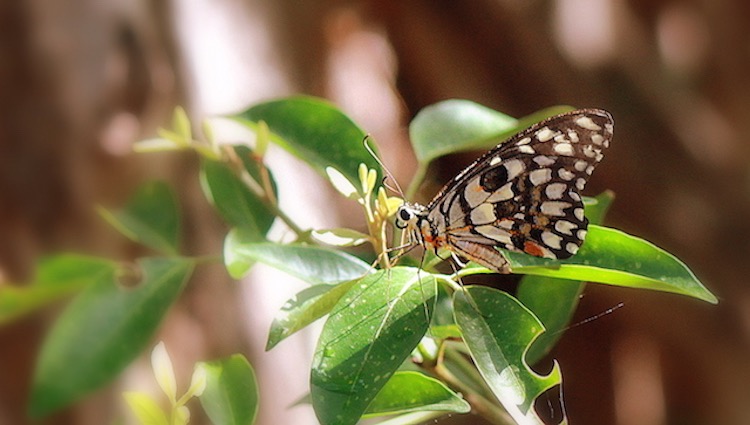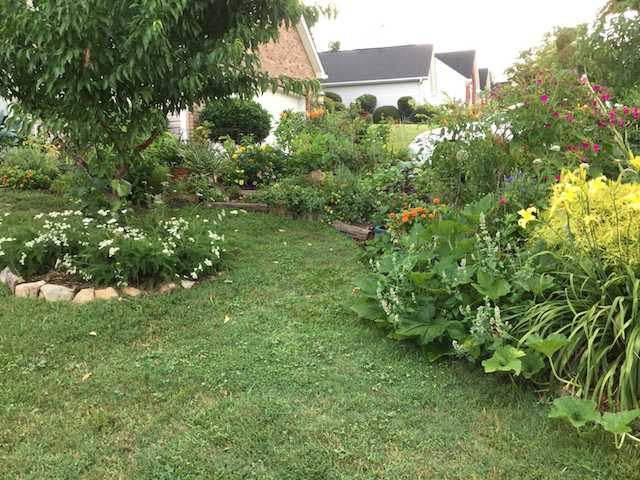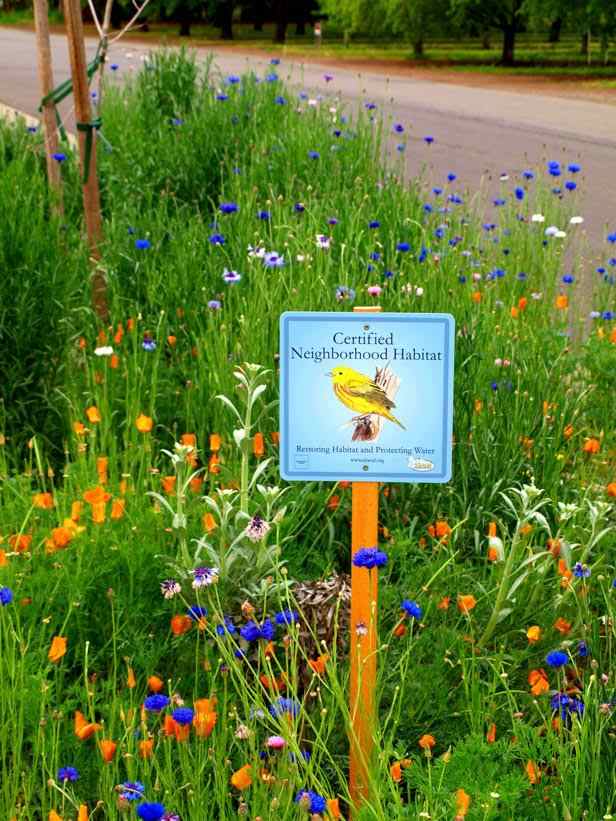This summer, as you tend to your backyard, rooftop, lawn, or terrace garden, consider making it a place where local wildlife can find refuge, a place where produce can be grown daily without harming the birds, butterflies, and bees. Good News Network polled a flock of experts from around the country for their best advice on how to make your garden the friendliest environment for beneficial wildlife—and a place that is overflowing with human goodies, too.
First, and Most Importantly, Grow Food “Humanely”
That means no chemicals or pesticides.
Aaron von Frank says it starts with the seeds. He co-founded an organic Heirloom Seeds of the Month Club called, GrowJourney, after hearing the United Nations estimate that about 75% of all heirloom seeds have been lost forever over the past century.
“All of our plants are being grown without any synthetic fertilizer, pesticide or herbicides,” he said, describing his gardens in Greenville, South Carolina. “Almost all of them are rare or unusual heirloom varieties that we want to help preserve.”
RELATED: UMass Students Transform Campus Lawn into Permaculture Food Garden
His yard is not only an attractive and relaxing place, but provides him with the freshest, most local food possible. It’s also the habitat for a huge range of organisms, from gold finches to lunar moths and tree frogs, offering pollen and nectar to hundreds of varieties of the crucial pollinators–bees, butterflies, and moths.
“At the end of the day, we get piles of organic produce picked at the peak of ripeness, much of which we’d never be able to find at any grocery store,” said von Frank. “To us, that’s as humane as food gets, and it’s also as humane as a lawn can be.”
Keep It Versatile
It’s possible, he adds, to grow a wide variety of edible plants within a relatively small or narrow space.
“We have multiple lettuce varieties, multiple kale varieties, multiple bean varieties, cilantro, tomatoes, pears, melons, squash, arugula, horseradish, pears, arctic kiwis, yellow wonder strawberries, milk thistle, red strawberries, blueberries, goji berries, blackberries, lambs quarters, corn, sorrel, and chicory,” said von Frank.
Different bird species rely on different layers in your landscape, and different layers serve different purposes for all birds and pollinators, according to California-based Melinda Teves of the Altacal Audubon Society.
MORE: Bird Bring Gifts to Little Girl Who Feeds Them
“From trees to shrubs to little brush piles on the ground, these serve extremely important purposes,” she said.
Bring In Native Plants
Choose as many native varieties as you can that are specific to your area. The more you cultivate, the more habitat you’re restoring.
“Native plants specific to your area are already adapted to your particular climate, which means their water needs will match what is available,” Teves said. “They also don’t require herbicides and chemicals, which some exotics require.”
Additionally, she says, native plants have evolved alongside native critters for thousands of years, so they are better at providing food and shelter. Plus, in areas like California, you’ll be conserving more water.
Grow A Lot of Veggies
A humane garden is also a comfort to the family food budget.
“One packet of Swiss Chard seeds from Baker Creek Heirloom Seed Company cost $2.50 for 100 seeds. That could buy me one bunch of chard at the grocery,” said Karen Allanach, a U.S. Humane Society representative living in Washington, D.C. She was speaking of the nutritious large-leaf greens that are tasty when sauteed in olive oil with onions and rosemary. “If my chard does as well as it did last year that crop alone will save me a bundle through the summer.”
ALSO: Top 6 Books for Growing Your Own Produce
It’s also a lot of fun for kids who can help pick the food.
“The daily task of watering the garden each evening often turns into an impromptu shower when my son Gavin and his 13-year-old sister play in the sprinkler or have water fights across the yard.”
Provide a Water Source
Animals need reliable sources of fresh water in the form of a birdbath or even a small pond—make sure that the bird baths are safely positioned, and that the water is clean. It’s also important for the animals that live inside your home.
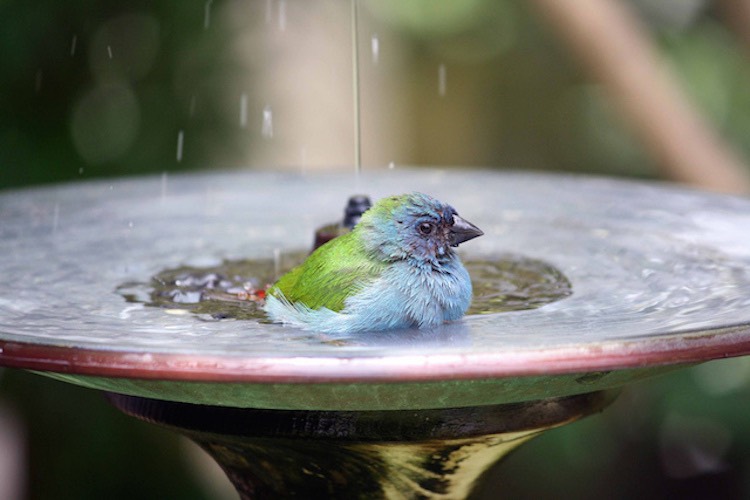
Construct a Bat House
Because so many of their natural habitats are being destroyed, bats are actually an endangered species. But, don’t let the threat of rabies prevent you from protecting bats. According to the Humane Society, Bats are rarely rabid—and they are unlikely to be aggressive. If they do contract the disease, they die quickly and don’t cause an ongoing threat.
“Bats are magnificent: They pollinate plants, disperse seeds, and help keep the insect population in check,” according to Allanach. “Return the favor by giving them enough safe places to roost.” Learn how to build your own by clicking here.
Bring the Bird Feeder Inside at Night
“It’ll protect yourself and deter these unwanted animals from rummaging through your yard, potentially ruining what you’ve planted,” says Katherine Blake of Audubon Connecticut, who is currently curating programs for children in surrounding school communities to teach them the importance of urban habitats for wildlife.
Plant for all Seasons
Plant a diverse mixture of vegetation with different bloom and seed times so wildlife will have foods year round.
“You’ll have wildlife viewing opportunities in all seasons, and the animals will be less likely to raid your garden on a full stomach—especially if you fence off the areas you want to remain undisturbed,” said Allanach.
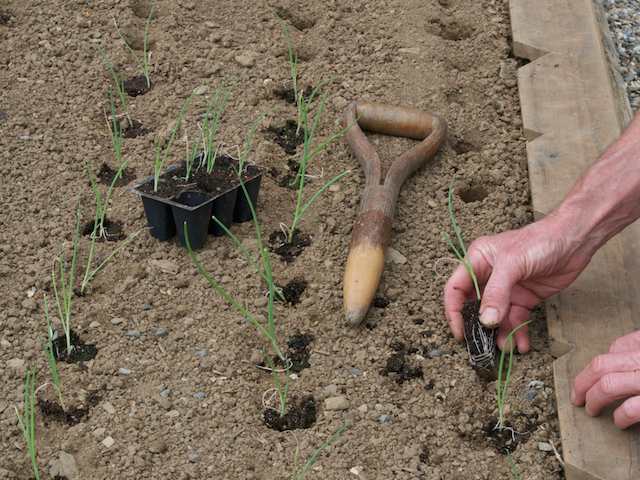
Indeed, adds Blake, by doing so you extend the growing period, as well as the food you’re able to offer birds and pollinators.
“Plants that fruit in the fall are great for migrant birds. Similarly, in the Spring, early blooming plants help pollinators and birds,” she said.
Blake and Teves are recipients of a joint conservation initiative and grant program with Audubon and Toyota called Toyota TogetherGreen by Audubon.
(WATCH the video below for more on Humane Backyards) – Top Photo by Balaji Photography, CC
Use Your Green Thumb to Share This Story With Friends:




















